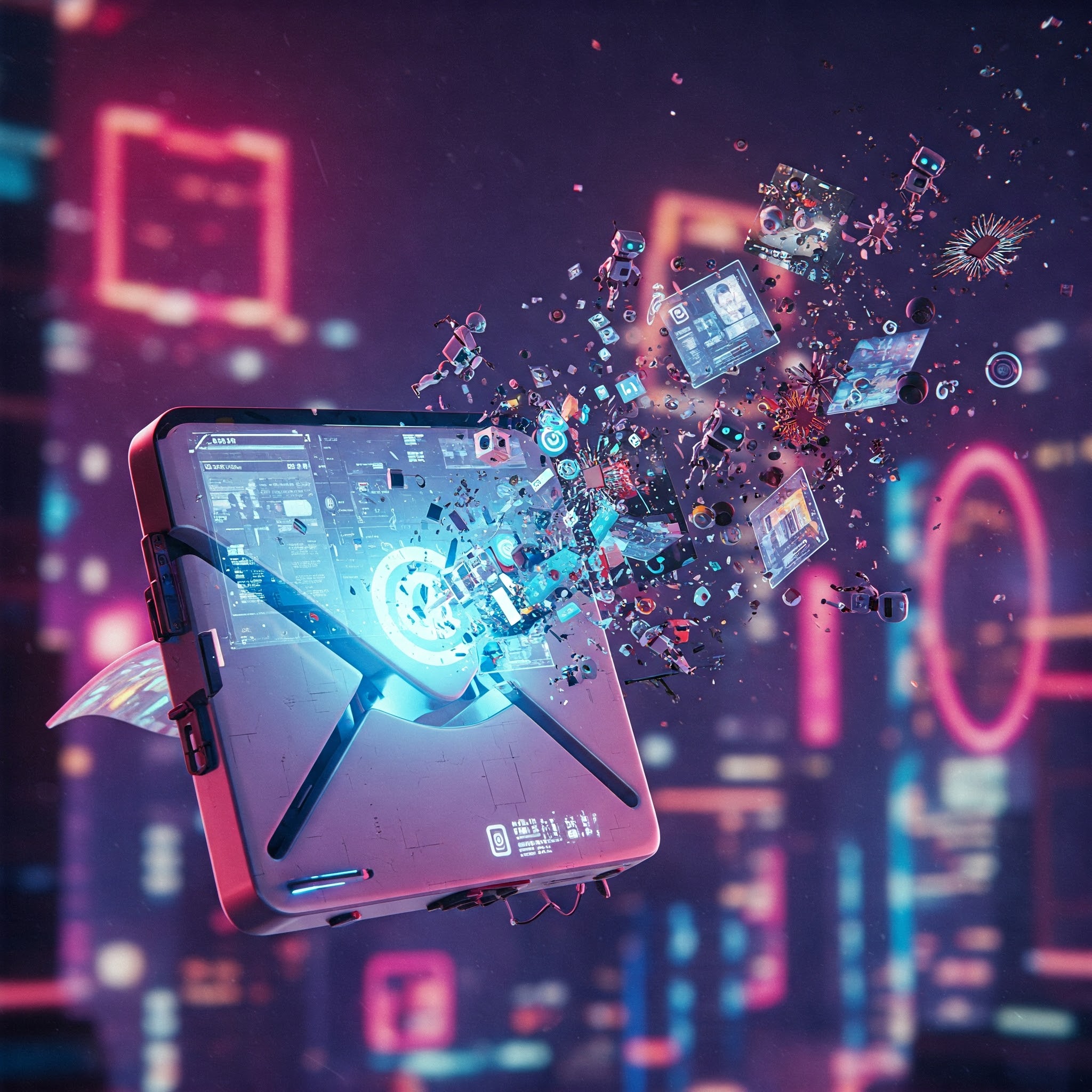ChatGPT Gets a Visual Overhaul: Free Image Generation Arrives
Remember when AI image generators produced results that looked like a toddler’s fever dream? OpenAI hopes to consign those memories to the digital dustbin with the introduction of its GPT-4o powered image generation, now freely available to all ChatGPT users. Yes, even the cheap seats get a taste of the good stuff.
DALL-E’s Glow-Up
Previously, ChatGPT users were stuck with the less-than-stellar DALL-E models. Now, they have access to a system capable of producing more realistic images and – hold onto your hats – legible text. A true revolution, assuming you’re easily impressed by the ability to render words without them resembling ancient runes.
During a recent demo, OpenAI showcased the model’s ability to handle complex prompts, including specific viewpoints and text-heavy flyers. The result? Reportedly accurate and cinematically directed imagery. Whether this holds up in the real world, outside the carefully curated confines of a product demo, remains to be seen. But hey, optimism is free (for now).
Beyond the Basics: Image Referencing and Conversational Tweaks
This isn’t just about generating pretty pictures. GPT-4o aims to integrate into creative workflows. Features like image referencing allow users to create variations (anime, selfie, you name it) or use existing images as inspiration. The model can also generate images with transparent backgrounds, utilize specific HEX colors, and leverage ChatGPT’s conversational abilities for fine-tuning.
Imagine: a multi-turn conversation to perfect your image. “Add more existential dread to the kitten,” you might type. “Excellent. Now make the existential dread sparkle.”
Because GPT-4o is connected to the web, it also has real-time awareness to potentially add to the imagery.
Looser Safeguards: A Touch of the Taboo?
Perhaps the most intriguing aspect of this update is the relaxation of content restrictions. According to OpenAI, GPT-4o can generate more risque content. Sam Altman himself acknowledged that the goal is to allow users to create offensive content “within reason.” Because nothing screams “responsible AI” like a caveat of “within reason.”
OpenAI claims to have safeguards in place to prevent the generation of child sexual abuse material and sexual deepfakes. They also state that images of real people will have “particularly robust safeguards around nudity and graphic violence.” It’s a tightrope walk between creative freedom and ethical responsibility. How well OpenAI navigates that tightrope remains to be observed. One imagines the legal department is currently stocking up on antacids.
Getting Your Hands Dirty: Accessing the New Image Generator
The updated features are rolling out to ChatGPT and Sora. All users, including those on the free tier, can access the model. However, there’s a catch: to actually use GPT-4o for image generation, you need to type /create image in the chat. Otherwise, you’re stuck with the older, less impressive DALL-E model. Because apparently, even in the age of AI, you still need to know the secret handshake.
OpenAI hasn’t explicitly stated the limits on image generation for free users. After creating a few images, you’ll likely hit your daily limit. For unlimited access, you’ll need a ChatGPT Plus subscription which costs $20 per month, also unlocks Sora. Whether unlimited AI-generated kitten pictures are worth $20 a month is a question best left to the individual (and their therapist).
Leveling the Playing Field?
With this update, OpenAI is aiming to compete with other image generation powerhouses like Midjourney, Google, and Adobe. While DALL-E has languished somewhat within ChatGPT, this new model injects some much-needed competitiveness into the arena. However, users who still harbor a fondness for the original DALL-E can access it through a dedicated GPT.
Will GPT-4o become the go-to image generator for everyone? Only time (and a lot of user experimentation) will tell. But one thing is certain: the AI image generation landscape just got a whole lot more interesting, and potentially, a little bit more controversial.

